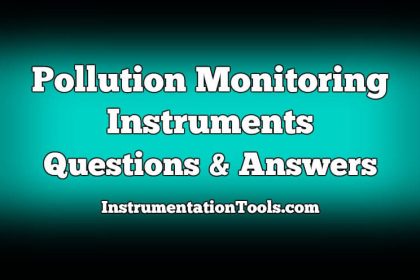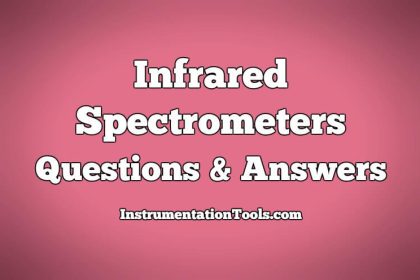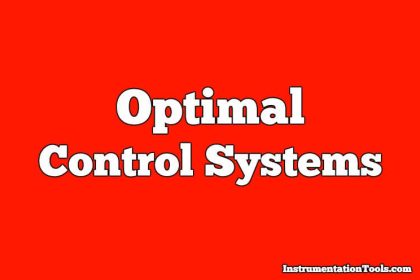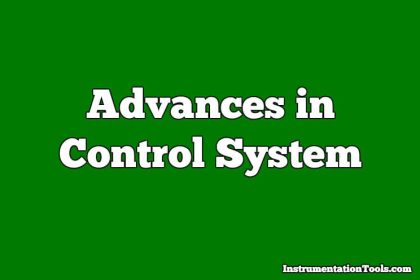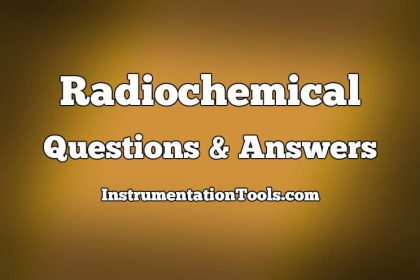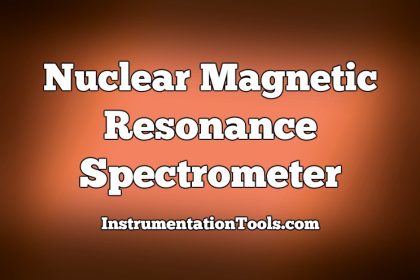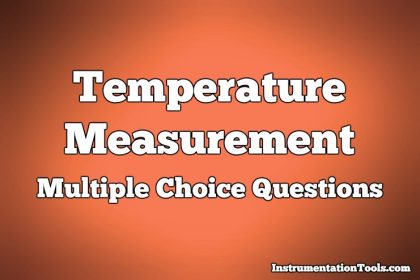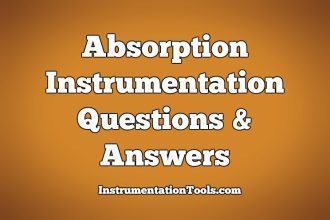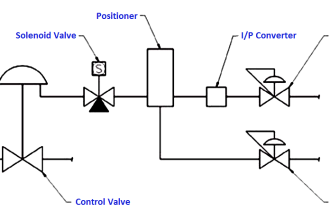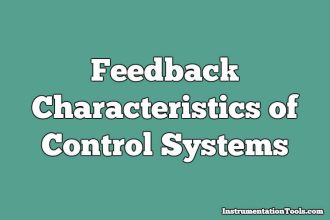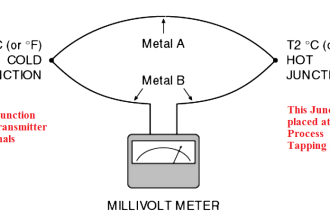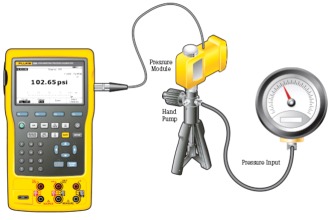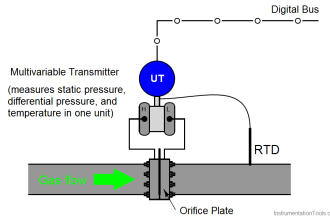Mathematical Preliminaries
1. Which of the following devices is used for conversion of co-ordinates?
a) Microsyn
b) Selsyn
c) Synchro-resolver
d) Synchro-transformer
Answer: c
Explanation: Synchro-Resolver is rotary transformer used for measuring degree of rotation and used for the conversion of the co-ordinates.
2. The effect of error damping is to
a) Provide larger settling lime
b) Delay the response
c) Reduce steady state error
d) All of the mentioned
Answer: c
Explanation: Error damping is to reduce steady state error as it is used to enhance the steady state response of the system and this can be done by increasing the damping of the system.
3. ______________technique gives quick transient and stability response
a) Root locus
b) Bode
c) Nyquist
d) Nichols
Answer: a
Explanation: Root locus is the right technique for the quick transient and stability response and gives the final response and quickly.
4. A phase lag lead network introduces in the output
a) Lag at all frequencies
b) Lag at high frequencies and lead at low frequencies
c) Lag at low frequencies and lead at high frequencies
d) None of the above mentioned
Answer: c
Explanation: A phase lag lead network is the combination of the lead and lag network and also it lags at low frequencies and lead at high frequencies.
5. Which of the following is the non-linearity caused by servomotor?
a) Static friction
b) Backlash
c) Saturation
d) None of the mentioned
Answer: c
Explanation: Linearity in the servo-motor is due to the saturation present and which is the important consideration for any type of the practical device.
6. ____________can be extended to systems which are time-varying?
a) Bode-Nyquist stability methods
b) Transfer functions
c) Root locus design
d) State model representatives
Answer: d
Explanation: State model representation is the best advantage for the systems over transfer function approach as it can be applied for the non-linear systems.
7. Laplace transform is used for the systems with:
a) Initial conditions infinite
b) Initial conditions zero
c) Initial conditions finite
d) Initial conditions equal to the initial input
Answer: b
Explanation: By definition of the transfer function by Laplace transform the initial conditions of the systems are considered to be zero.
8. Which of the following is an electromechanical device?
a) Induction relay
b) Thermocouple
c) LVDT
d) All of the mentioned
Answer: c
Explanation: LVDT is the electromechanical device which converts the displacement of the core to the electrical energy by the action of the transformer.
9. A differentiator is usually not a part of a control system because it
a) Reduces damping
b) Reduces the gain margin
c) Increases input noise
d) Increases error
Answer: c
Explanation: A differentiator is generally not the part of the control system as it increases the input noise due to reduced gain and increased bandwidth.
10. If the gain of the critical damped system is increased it will behave as
a) Oscillatory
b) Critically damped
c) Overdamped
d) Underdamped
Answer: a
Explanation: On increasing the gain damping will automatically get reduced and hence the oscillations in the system increases.
